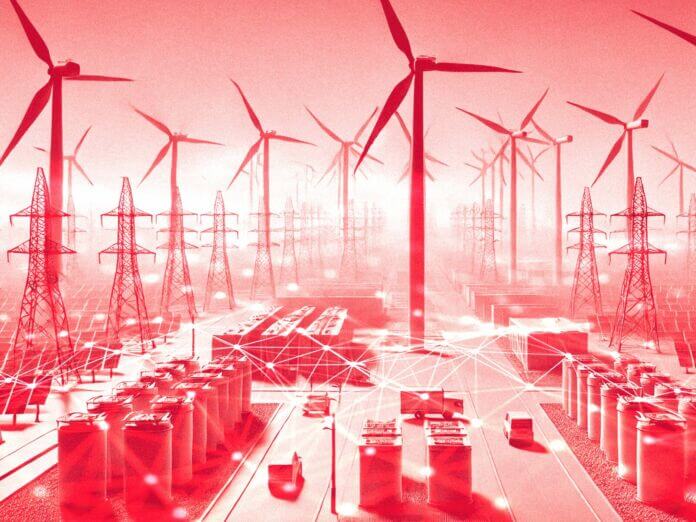
José Antonio Cabo – June 24, 2024
Collected at: https://www.iotforall.com/how-iot-can-solve-sustainable-energys-capacity-problem
In 2012, less than 10 percent of the world’s energy consumption came from renewable sources. Over the next decade, renewables only grew another 5 percentage points or so—but that growth trend is accelerating rapidly.
By 2032, U.S. renewable power will triple from its current usage, reaching nearly half of all energy consumed in the nation, says Morningstar.
That makes the U.S. late to the party. Brazil was getting more than half of its energy from renewable sources in 2022. The same year, Norway’s energy supply was 72 percent renewable.
The point is, renewable energy is the future of global power grids. There’s a technical challenge to solve first, but IoT provides a solution.
Here’s how real-time condition monitoring can make energy grids far more efficient, paving the way for a transition to renewables.
Understanding Renewable Energy’s Capacity Problem
To bring new wind and solar plants online, transmission and distribution system operators (TSOs and DSOs, respectively) need more capacity. They need to push more electricity through the grid. That’s because we can’t replace existing systems overnight, so both legacy and renewable energy systems will have to run concurrently for some time.
Unfortunately, we can’t simply build a bunch of new power lines. That’s too costly in three ways: money, time, and environmental damage. Instead, we need to deliver more energy along existing transmission channels.
The good news is that there’s room to spare in our power lines. Most of them operate at less than half their total possible capacity. The bad news is that there’s a big barrier to achieving full efficiency.
In a word, the problem is heat—or, more accurately, it’s an assumption of heat that may or may not exist. Here’s what we mean.
Working With the Thermal Limits of Power Lines
Power transmission lines can only get so hot before they fail. To prevent damage, TSOs and DSOs adhere to static line ratings (SLRs) that limit how much electricity they can move.
These thermal limits aren’t based on real conditions, though. They’re conservative estimates that treat lines the same regardless of external temperature, precipitation, cloud cover, and more.
In other words, actual temperatures in the line may be far lower than operators assume. They may be able to deliver far more power than the SLR suggests.
Thanks to IoT sensors, it’s now possible to get real-time data on line temperature, plus other conditions that affect capacity, like tension and sag.
This data allows line operators to generate a dynamic line rating (DLR)—an accurate picture of how much power they can safely run through a given line, based on actual temperature, not an old specification.
The use of DLR takes us halfway to our goal of boosting power line efficiency. But many DLR systems leave out a crucial component of line heating: the weather.
Why Weather Data Is Essential for Power Line Optimization
There are at least three elements of the weather that affect a power line’s true safe capacity:
- Wind. A gust hitting the side of a power line has been shown to boost safe capacity by up to 40 percent. Wind speed and direction must play into any DLR calculation for accurate results.
- Temperature. Clearly, lines will heat up faster on a hot day than a cool one.
- Solar radiation. Cloud cover may slow down line heating, allowing operators to increase transmission.
By measuring these three parameters—and delivering this data in real time—a smart DLR system allows TSOs and DSOs to move more electricity without endangering power lines. It allows them to respond to real-world conditions, increasing and decreasing transmission volume in harmony with the weather.
With the right IoT system, you can even bring weather predictions into your DLR calculations, so you can plan for future capacities.
In short, without weather data, DLR systems can’t approach top efficiency—and power line efficiency is essential for a more sustainable energy grid.

Leave a Reply